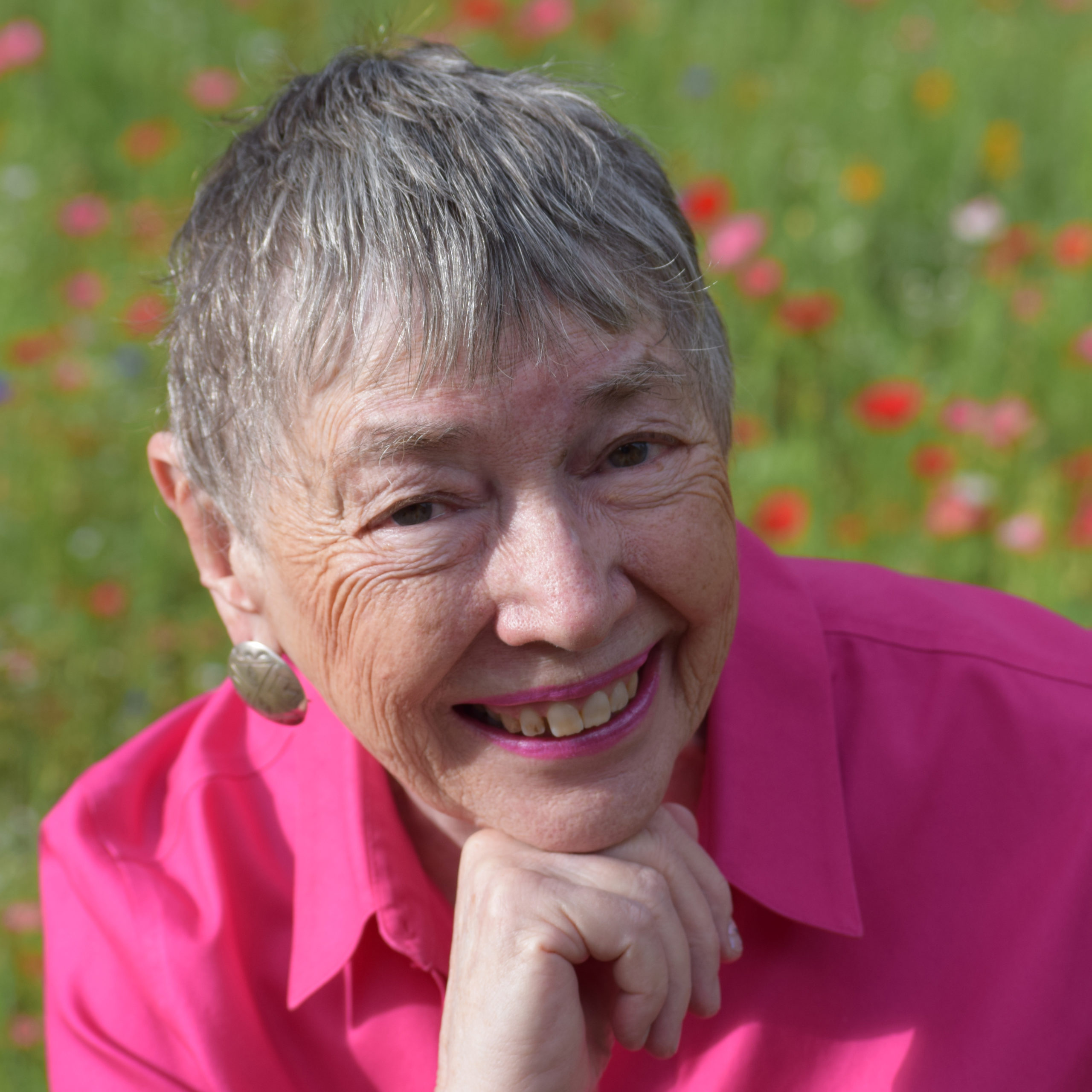A Quaker Model of Leadership
An interview with Linda Seger is included in the August 2023 podcastQuakers are one of the few religious groups that were not formed around the hierarchical/patriarchal model, sometimes called “linear thinking.” In Christian hierarchical church models, God is at the top; then there are the angels: the authority figures, such as archbishops and bishops; then priest or preacher; and then lay leaders. The rest of the congregation sits in the pews and receives the teaching and direction of those above them. This model ranks people by who is on top of the ladder and who are the underlings. It divides people and determines who is important and who is less important.
Although the structure of the Christian church developed using the patriarchal model, the earliest Christian communities in the first century C.E. were built much more on the circle model. In biblical times, the Christian community held all things in common; they responded to the needs of others. Even women had important roles as deacons and apostles in the very beginning of Christianity. And although the Apostle Paul had to come in at times and shake things up and be a little confrontational, gently easing people into getting along, there was a community structure. It was in the second and third century C.E. that the patriarchal model developed and became firmly entrenched in how Christians worshiped and how the church was structured.
Quakers, from the beginning of their religion in the seventeenth century, used the circle model and returned to the early Christian structure: everyone is equal and everyone has a voice; authority is shared; and decisions are made by consensus, sometimes called reaching unity, rather than by majority rule. Circle thinking emphasizes cooperation, collaboration, and engagement from each member of the community.
How is circle thinking in contrast with linear thinking?
In Quaker meetings, as opposed to the usual linear structure of church worship, people sit in a circle and speak as they are led by the Spirit. Everyone has the equal right to speak. In meetings, the clerks might look as if they are the authority because they are leading the business meeting and usually starting and ending the worship service, but they are not. In Quakerism, leadership is not about power and authority, it is about empowerment. The job of the clerk is to make sure all voices are heard, acknowledged, and affirmed, so decision making is communal rather than patriarchal. No one person is supposed to manipulate, push, or cut off others.
This means the clerk of the meeting, or the clerk of a committee, listens. They are not just listening to what is said but listening for the undertones. They try to be aware of who is not speaking, who speaks with a negative attitude, who seems to be struggling, or who is trying to push their idea onto everybody else. The ability of the clerk allows the subtext to be brought out into the open, not just the text. One person, who either speaks with anger or refuses to speak in truth, can sabotage an entire meeting.
Leadership in Quaker meetings demands that all persons take responsibility, engage, and say their piece as needed or desired.
This was brought home to me when I was clerk of Colorado Springs (Colo.) Meeting some years ago. We were planning to buy a building as we had been renting space for many, many years, and I was leading the meeting through this decision. It seemed we had reached unity, and we proceeded to make an offer and have an inspection of an old church that might meet our needs. I was wrong. There were two people in meeting who were adamantly against this but had not spoken up. After this old church failed to pass inspection, they told me privately that they would have left the meeting if we had gone ahead with the sale. I had no idea they felt this way, and, clearly, I had not had my ear to the ground, had not picked up the vibes, and was not reading the room correctly.
This was a double responsibility. As a leader during that process, it was my responsibility to empower everyone and to make sure everyone was heard. But as members of the meeting, it was the responsibility of these two people to speak up and engage in this discussion. As it turned out, this building was not the right one for us. Wisdom and insight in a Quaker meeting lie not with a single voice but with everyone achieving unity and not being afraid to state their truth.
When we moved ahead to find another building, the new clerk of our meeting was a woman who has since moved to Wisconsin named Ginger Morgan. Ginger modeled for me—and perhaps for the whole group—a clerk’s good use authority. She was gentle, diplomatic, patient, and made sure all voices were heard. The process was smooth. The group came together because of this circle leadership. The meeting bought another building instead, and the building has served its purpose.
In circle thinking, we recognize the gifts of others.
Leadership depends partly on an ability to recognize other persons’ gifts and also to be aware of what are not their gifts. Many organizations fail because the gifts of others are not appreciated and used, and responsibilities are arbitrarily given, as if everybody is equal in their abilities. It is true that sometimes a skill is developed as a result of someone being given a responsibility and being guided by someone who already has a gift in that particular area. I once was told by a clerk of a Ministry and Oversight Committee that she was very sorry that she did not have the skill set to handle a conflict that came up. Ordinarily in circle thinking, someone else in the meeting who had that skill set would have been asked to step in to help. But we easily fall back into the linear thinking model and believe that whoever was given the authority or responsibility must keep it. Circle thinking allows us to adjust to the circumstances and easily make changes.
This is true in any kind of organization. The linear thinking model creates a structure that insists that the person on the top carry out the job, even when that person does not have the skill to do it. It becomes very difficult to move that authority over to somebody else because the structure doesn’t allow it. In the circle model, another person can speak up and volunteer to take responsibility. The structure doesn’t decide; the community decides.
Authority shifts in circle thinking, and in the Quaker model, the ultimate authority is the unity of the group. Quakers tend to use the terms “seeking unity” or “finding unity” and sometimes “consensus,” which is also a term used in non-religious organizations. There is a recognition that when consensus is reached, there is no one to sabotage the decision because all have taken part in the decision. The community stands together in solidarity as a group.
Quakers were and are in the forefront of circle thinking. They have seen what happens in spiritual communities, corporations, governments, and other organizations when linear thinking becomes the one and only structure, and authorities fail. Their testimony of equality found its form in the circle structure from the beginning and remains viable and effective.





Comments on Friendsjournal.org may be used in the Forum of the print magazine and may be edited for length and clarity.